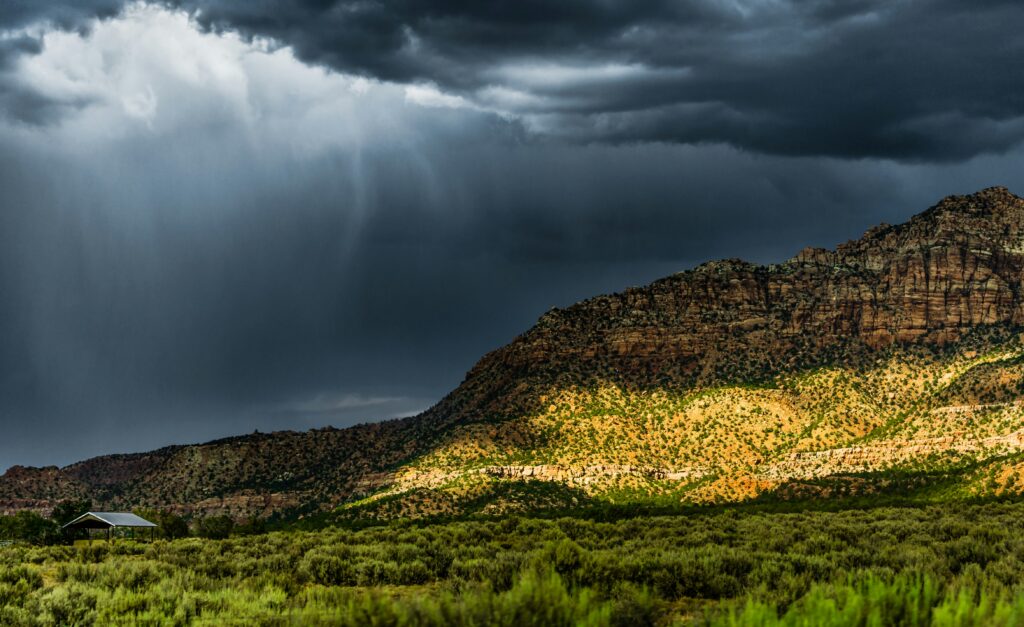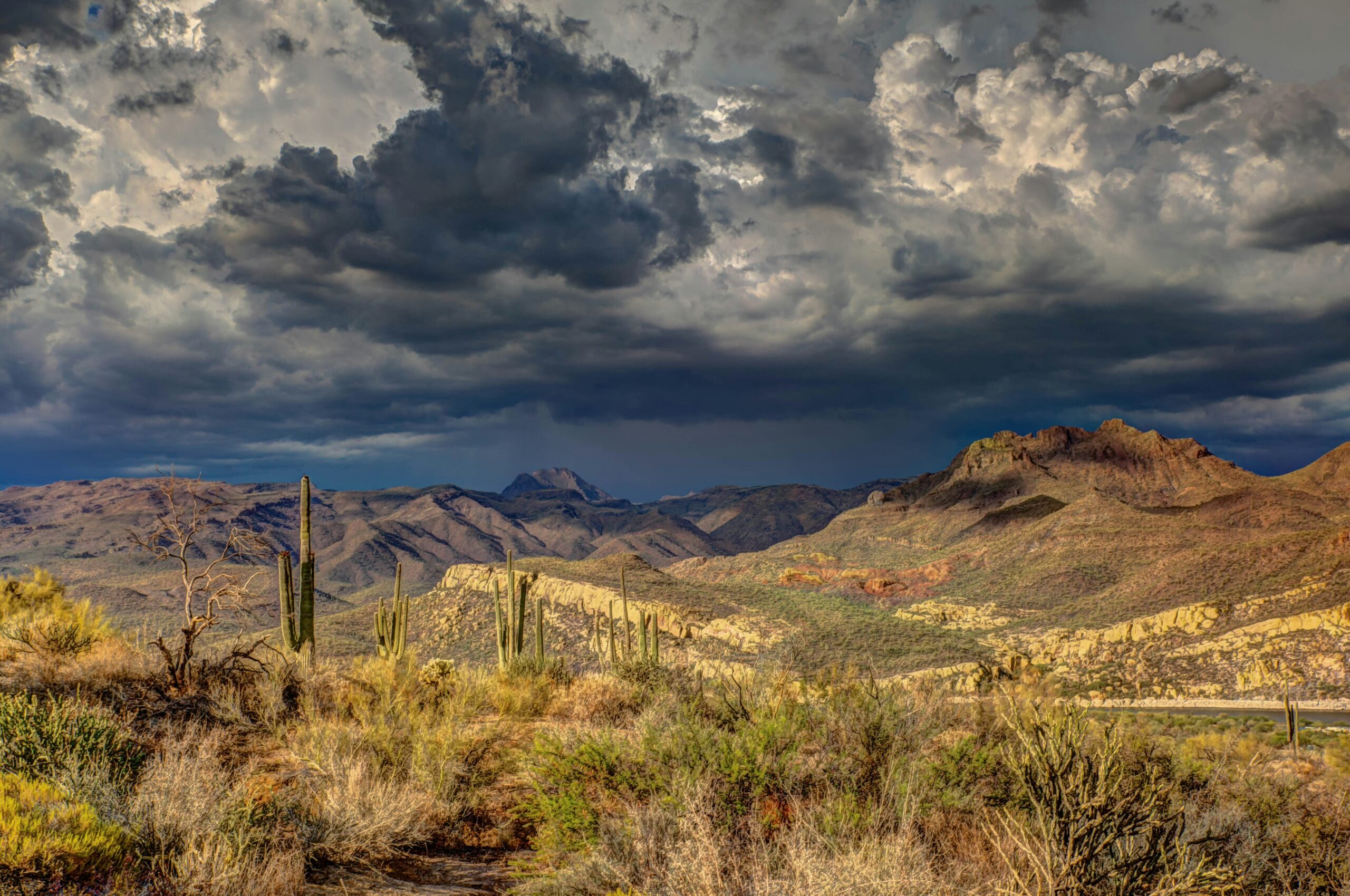Extreme weather conditions are becoming increasingly common due to climate change, putting millions of lives at risk every year. From hurricanes and heatwaves to snowstorms and floods, these natural phenomena can cause significant damage, disrupt daily life, and even threaten safety. Being prepared and knowing how to respond is crucial in minimizing harm to yourself, your family, and your property. In this blog, we will explore practical, actionable safety tips to help you stay protected during various types of extreme weather.
Understanding Different Types of Extreme Weather
Before we delve into safety tips, it’s important to understand the most common types of extreme weather events:
- Hurricanes and Tropical Storms: Strong winds, heavy rainfall, and flooding.
- Heatwaves: Prolonged periods of excessive heat and humidity.
- Snowstorms and Blizzards: Heavy snowfall, reduced visibility, and freezing temperatures.
- Floods: Overflow of water that submerges land, often caused by heavy rains or storms.
- Tornadoes: Extremely strong rotating columns of air causing destruction in narrow paths.
- Thunderstorms: Heavy rain, lightning, strong winds, and hail.
Each situation demands specific safety measures to ensure you and your loved ones remain safe.
General Safety Tips for All Extreme Weather
- Stay Informed
Keep up with the latest weather reports via trusted sources such as the National Weather Service (NWS), local news, or weather apps. Set up emergency alerts on your phone to receive real-time warnings. - Emergency Kit
Prepare an emergency kit with essentials:- Bottled water (at least 3 liters per person per day for three days)
- Non-perishable food items
- First-aid supplies
- Flashlight and extra batteries
- Multi-purpose tool
- Important documents (ID, insurance papers) in a waterproof folder
- Medications and hygiene products
- Blankets and warm clothes
- Create a Family Emergency Plan
Decide on a safe meeting place, communication strategy, and evacuation routes. Make sure all family members understand the plan.
How to Stay Safe During a Hurricane or Tropical Storm
- Evacuate If Advised: Follow local authority evacuation orders promptly.
- Secure Property: Install storm shutters or board up windows. Clear gutters and drains.
- Avoid Floodwaters: Do not walk or drive through floodwaters they can be deeper and faster-moving than they appear.
- Stay Indoors: Remain in a secure, interior room away from windows until the storm passes.
Heatwave Safety Tips
- Stay Hydrated: Drink plenty of water, avoid alcohol and caffeine.
- Limit Outdoor Activities: Stay indoors during peak heat hours (usually between 10 AM and 4 PM).
- Wear Appropriate Clothing: Light-colored, loose-fitting clothes help your body stay cool.
- Use Air Conditioning: If not available, visit cooling centers or public places such as libraries and shopping malls.
Snowstorm and Blizzard Safety Measures
- Stay Off the Roads: Unless absolutely necessary, avoid driving during heavy snow.
- Winterize Your Home: Insulate pipes, keep extra heating fuel, and seal drafty windows.
- Prepare for Power Outages: Keep flashlights, batteries, and warm blankets accessible.
- Dress Warmly: Wear multiple layers of clothing, hats, gloves, and waterproof boots.
- Monitor Carbon Monoxide: Never use gas stoves or generators indoors they can cause deadly carbon monoxide buildup.
Flood Safety Guidelines
- Move to Higher Ground: Avoid low-lying areas prone to flooding.
- Turn Off Utilities: Disconnect electricity and gas if flooding is imminent.
- Avoid Floodwaters: Do not attempt to cross flooded roads or walk in standing water.
- Evacuate Safely: Follow official evacuation routes and don’t take shortcuts.

Tornado Safety Tips
- Designated Shelter Area: Identify the safest place in your home, like a basement or interior room with no windows.
- Keep Emergency Kit Handy: Have your kit easily accessible in your shelter area.
- Monitor Weather Updates: Tornadoes can develop quickly, so keep a battery-powered weather radio.
- Protect Yourself: If caught outside, lie flat in a ditch and cover your head.
Thunderstorm and Lightning Safety
- Stay Indoors: Avoid outdoor activities, especially in open areas.
- Unplug Electronics: Protect appliances from lightning surges.
- Avoid Water and Metal: Don’t use wired phones, avoid plumbing fixtures, and stay away from windows and doors.
- If Caught Outside: Stay away from tall objects and metal fences. Avoid open fields.
After the Extreme Weather Event
- Check for Damage
Inspect your home for structural damage. Look for gas leaks, electrical issues, and water damage. - Stay Informed
Continue listening to updates from authorities about when it’s safe to return or resume activities. - Document Damage for Insurance
Take pictures of property damage for insurance claims.
Conclusion
Extreme weather conditions can strike at any time, often with little warning. Preparing in advance and knowing how to act in different situations can save lives and minimize damage. Make sure to stay informed, build an emergency kit, and follow official guidelines. Most importantly, prioritize your safety and that of your family above all else.
FAQs
Q: How often should I update my emergency kit?
A: Check your emergency kit at least twice a year to replace expired food, medications, and batteries.
Q: Can I drive through floodwaters if my car is a 4×4?
A: No. Floodwaters can be deceptive and dangerous, even for large vehicles. Always avoid driving through flooded areas.
Q: What is the safest room during a tornado?
A: An interior room on the lowest floor, away from windows, such as a basement, bathroom, or closet.
Q: How can I keep my pets safe during extreme weather?
A: Ensure you have pet food, water, and medications in your emergency kit. Bring them indoors and avoid leaving them outside.










